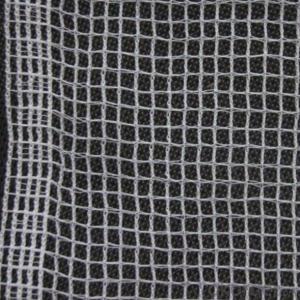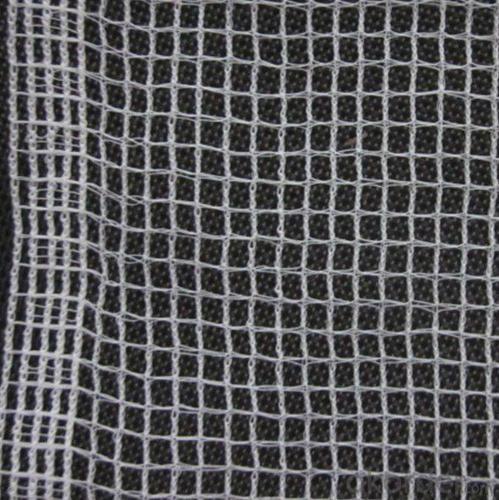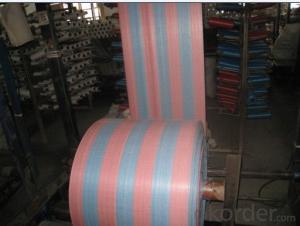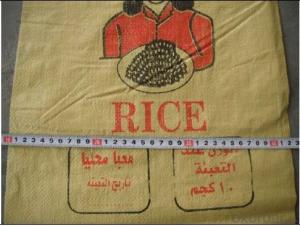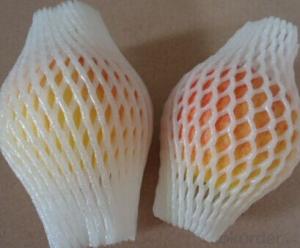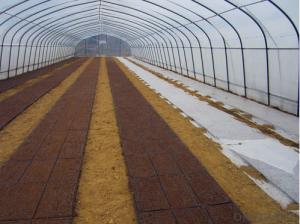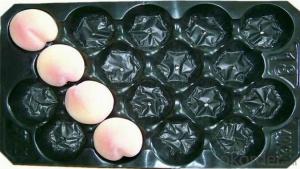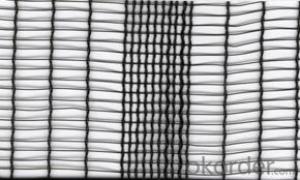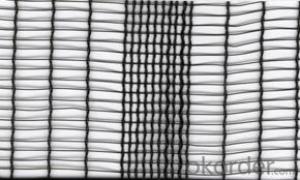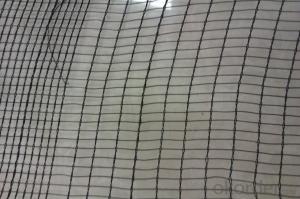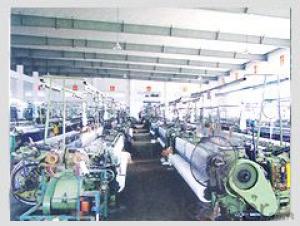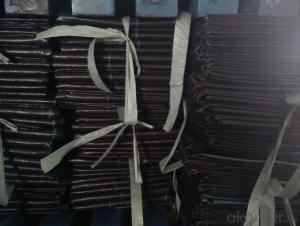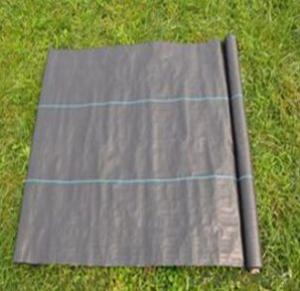Anti Hail Net for Protecting Plants
- Loading Port:
- China Main Port
- Payment Terms:
- TT OR LC
- Min Order Qty:
- -
- Supply Capability:
- -
OKorder Service Pledge
OKorder Financial Service
You Might Also Like
Quick Details
Type: | Shade Sails & Enclosure Nets | Place of Origin: | Shandong China (Mainland) | | |
Shade rate: | 30%-95% | | | | |
Packaging & Delivery
Packaging Detail: | 1.one roll packed with one strong PP bag with one color label 2.one piece packed with one strong PP bag with one color label;several pieces put in a carton |
Delivery Detail: | 15days after the order |
Specifications
Material:HDPE+UV
Color :Black,Green,Red,Yellow,Blue,etc
Length: As your request
Width: 2~6m
Shade rate: 30%~95%,
Specifications : |
|
Description | 100% HDPE Green Sunshade net |
Material | HDPE(High-density polyethylene) |
Net weight | 50-350gsm (as your request) |
Net width | 6'x20'(1.83mx6.1m),Or other size is available (6meters Max.) |
Rolls Lengths | On request(10m,50m,100m,200m etc.) |
Shade rate | 30%-95% |
Colours | Green,Black ,Yellow,gray...... ( as your request) |
Type | Warp knitted |
U.V. | CIBA( 1-5 year) |
Supply capacity | 5tons per month |
Packing | 1.one roll packed with one strong PP bag. 2.one piece packed with one strong PP bag and several pieces put in a carton. 3.one roll packed with one strong PP bag and several one put in a woven bag. |
Terms of Payment | 1.30% T/T in advance,70%T/T after copy B/L. 2.L/C at sight;L/C 30days;L/C 45days. 3.Western union. |
Deliver time | 30-45 days after the order confirmed or the deposit released |
Function of shading net:
Shade net will Blocks sun &heat, Provides 75% More Shades, Lower temperature, Protect against harmful ultraviolet Rays
Used to provide shade against sunlight and control temperature
Shade net-can also be used-for-greenhouses to protect flowers, trees against frost ,and hail damage It can also used for playhouse ,temporary fencing,
shade fabrics give uniform shading and allow crops to retain more moisture. Our shades can help reduce temperature extremes on plants and slow heat loss at night.
Easy to install with optional accessories if necessary.
- Q: it is said plastic bottles contain carsinogens when reused
- Plastic okorder Short of that, your best bet is glass!
- Q: This question asks for a comparison of the benefits and drawbacks of employing bioplastics in agricultural practices.
- <p>Advantages of using bioplastics in agriculture include reduced environmental impact due to their biodegradable nature, which helps in reducing plastic pollution. They can also improve soil health by decomposing and releasing nutrients. Additionally, bioplastics can be tailored for specific agricultural needs, such as controlled-release fertilizers or mulches that break down at the right time. Disadvantages include higher production costs compared to traditional plastics, which can be a barrier for widespread adoption. There are also concerns about the efficiency of biodegradation under different environmental conditions, which might lead to incomplete decomposition. Lastly, the production of bioplastics can compete with food crops for land and resources, potentially impacting food security.</p>
- Q: I want to fill molds with plastic so I can make plastic objects. What home craft plastic material I can use to do this?
- The best option would be to sell them off. Guys who buys them knows what to do with them and how to utilize them correctly. You get money and make world a healthy place to live. Go do it now.
- Q: Are nursery trays suitable for succulent propagation?
- Yes, nursery trays can be suitable for succulent propagation. They provide a controlled and organized space for propagating succulents, allowing for easy monitoring and care. The individual compartments in nursery trays also help prevent cross-contamination and allow for individual growth. However, it's important to ensure that the trays have proper drainage to avoid overwatering and root rot in succulents.
- Q: How do you choose ground cover that tolerates hot, dry climates?
- When choosing ground cover for hot, dry climates, it is important to select plants that are drought-tolerant and can withstand high temperatures. Look for plants that have thick, waxy leaves or small, needle-like foliage, as these are often adapted to conserve water. Additionally, opt for plants with deep root systems that can access moisture deep below the surface. Some suitable options include succulents, such as sedums and ice plants, as well as Mediterranean herbs like thyme and rosemary. Consider consulting with local nurseries or horticulture experts who are knowledgeable about plants that thrive in your specific climate.
- Q: What are the different types of plastic pots used in hydroponics?
- There are several types of plastic pots commonly used in hydroponics, including nursery pots, net pots, and grow bags. Nursery pots are traditional plastic containers with drainage holes, typically used for seedlings or small plants. Net pots have large holes or mesh bottoms to allow roots to grow through and get direct contact with the nutrient solution. These are often used for larger plants or in systems like deep water culture. Grow bags are fabric containers that provide excellent aeration and drainage, allowing for healthier root development. They are commonly used in larger hydroponic setups or for growing plants with extensive root systems.
- Q: The user is asking if they can use recycled agricultural plastic film in their personal vegetable garden.
- <p>Yes, you can use recycled agricultural plastic film in your vegetable garden. It's a sustainable practice that helps reduce waste and can be beneficial for your crops. Recycled plastic film can help with weed control, retain soil moisture, and maintain soil temperature, which are all important for healthy plant growth. However, it's crucial to ensure the plastic is clean and free from contaminants that could harm your plants or the environment. Also, consider the thickness and durability of the film to make sure it serves its purpose effectively without breaking easily. Always follow local regulations and guidelines regarding the use of plastic in gardens.</p>
- Q: How are plastic plant pots used in agriculture?
- Plastic plant pots are commonly used in agriculture for various purposes such as seed starting, transplanting seedlings, and growing plants in controlled environments. These pots provide a convenient and efficient way to propagate and nurture plants, ensuring proper root development and easy transportation. Plastic pots also offer durability, moisture retention, and resistance to pests and diseases, making them a preferred choice for farmers and gardeners in agricultural practices.
- Q: Can ground cover plants be used to create a low-maintenance solution for steep slopes?
- Yes, ground cover plants can be used to create a low-maintenance solution for steep slopes. These plants serve as living mulch, preventing soil erosion, reducing weed growth, and minimizing the need for mowing or maintenance. They also enhance the aesthetic appeal of the slope by providing a lush and green cover. However, it is important to select the appropriate ground cover plants that are well-suited for the specific slope conditions and climate to ensure their success and effectiveness in creating a low-maintenance solution.
Send your message to us
Anti Hail Net for Protecting Plants
- Loading Port:
- China Main Port
- Payment Terms:
- TT OR LC
- Min Order Qty:
- -
- Supply Capability:
- -
OKorder Service Pledge
OKorder Financial Service
Similar products
Hot products
Hot Searches
Related keywords
